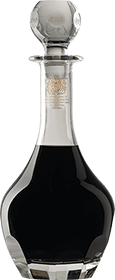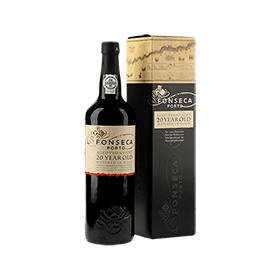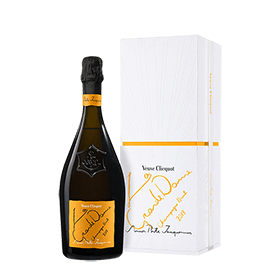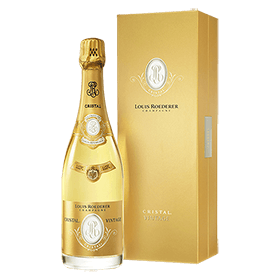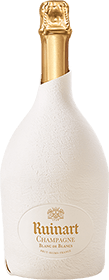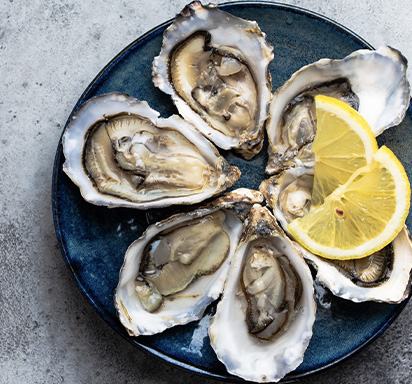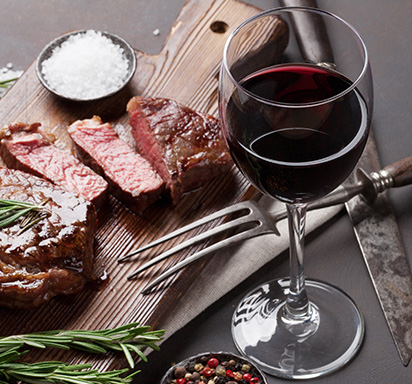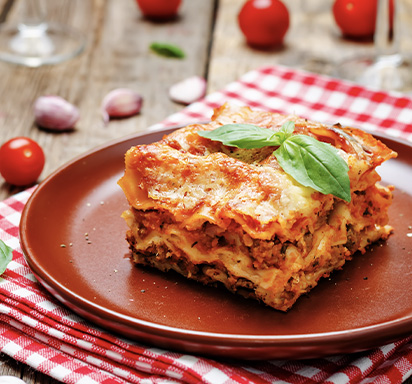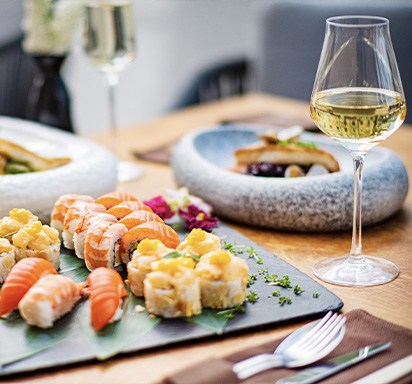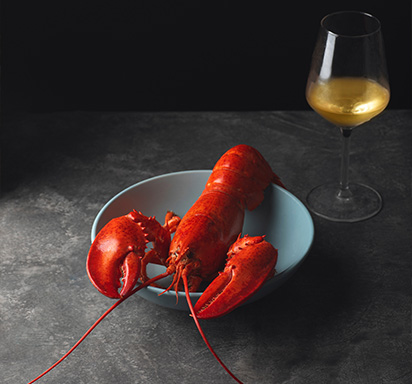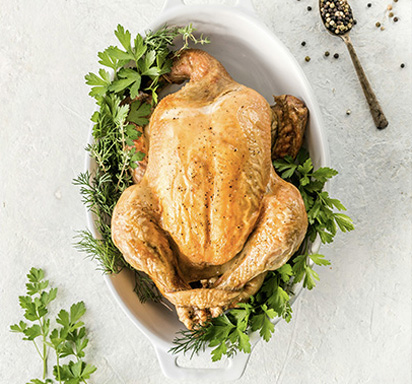Wine and Chocolate: What Wine to Drink with Chocolate?
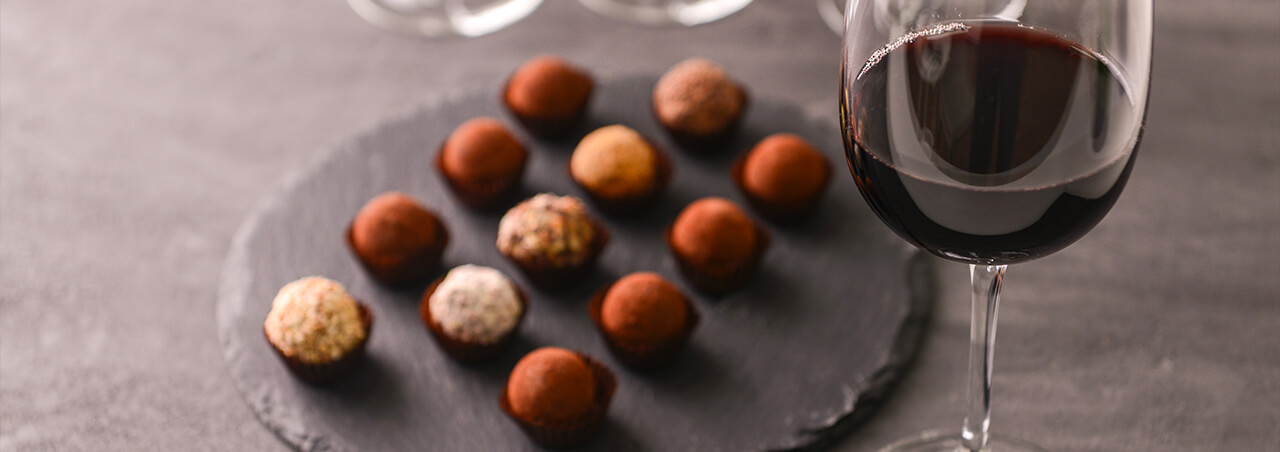
A symbol of indulgence, chocolate pairs beautifully with wine to elevate your tasting moments. Bordeaux, Champagne, Port—discover which wines to serve with chocolate to create the perfect pairing.
Wine and Chocolate Pairings: How to Get It Right?
Wine and chocolate can combine to form a delicious and memorable match. Discover the perfect pairings to enhance your tasting experience.
Wine and chocolate have long been considered difficult to pair, as getting it wrong can easily throw off the balance. It’s a delicate act where harmony is key. Yet, once you understand a few essential tips, the result can be nothing short of extraordinary. Like wine, chocolate offers a vast range of flavors and textures. The question isn't whether a pairing is possible, but rather how to choose the right one from the many combinations available.
Tips for Successfully Pairing Wine and Chocolate
The first tip is to seek pairings that highlight the shared aromatic notes between wine and chocolate. When these two echo each other, the result is a tasting experience full of harmony and resonance.
Another important rule: match the intensity. A dark chocolate with a high cacao content and pronounced bitterness pairs best with a similarly bold wine—such as a well-aged Bordeaux—while a lighter white chocolate is better suited to a sweet white wine.
You can also opt for a classic complementary pairing by contrasting a very dark chocolate (over 75% cacao) with a sweet dessert wine to balance out the bitterness.
Lastly, consider the texture of the chocolate. Dense, creamy chocolates call for fuller-bodied wines, whereas lighter chocolates match well with fresher, lighter wines.
Red Wine and Dark Chocolate Pairings
With a sweet red wine
Dark chocolate pairs traditionally with sweet reds. A vintage Port is an excellent choice for intense dark chocolates. The alcohol, sugar, and complex aromas of these wines blend seamlessly with the chocolate's richness.
With a dry red wine
Dry reds are a bolder and trickier choice, but when done well, the pairing can shine. Some wines complement the bitterness and tannins of cacao, while their fruity notes highlight similar flavors in the chocolate. Choose wines with some barrel aging and maturity, offering roasted cocoa and coffee notes, without sharp acidity or harsh tannins. Think Pinot Noir for fruity dark chocolate, or Cabernet Sauvignon for more robust ones.
Examples of pairings with dark chocolate:
Pic-Saint-Loup (with fruity dark chocolate)
Beaujolais
Aged Bordeaux with softened tannins and milder acidity
Pairings to avoid: very young, overly tannic wines.
What Wine pairs with Milk or White Chocolate?
Milk and white chocolates are softer and less intense than dark chocolate. For these, opt for sweet white wines like Sauternes or other late-harvest whites. However, beware of overly sweet pairings, which can become cloying—balance remains key.
Alternatively, take a bold step in the opposite direction: with creamy, sweet chocolates, a dry white wine can provide refreshing contrast and lift.
Champagne and Chocolate: Can They Work Together?
Pairing Champagne with chocolate is possible but requires a good understanding of both, as the margin for success is narrow. One classic example: dark chocolate with subtle acidity and red fruit notes paired with a fine-bubbled rosé Champagne.
Other pairings are possible, but there's no one-size-fits-all rule here. Demi-sec Champagnes are generally more suitable. Each chocolate and each Champagne has its own personality, so you’ll need to experiment. Still, by applying the general tips outlined above, you can create your own successful pairings!
What Wine to Drink with a Chocolate Dessert?
Pairing a chocolate dessert with wine follows the same principles as pairing wine with chocolate, but with more variables to consider.
Start by evaluating the sweetness level: neither the wine nor the dessert should overpower the other, and excess sugar should be avoided to prevent palate fatigue.
Next, look for flavor echoes—especially if your dessert includes fresh or dried fruits. For example, a dessert combining chocolate and red berries pairs beautifully with a sweet fortified wine like Port, or a rich and intensely fruity dry wine like Châteauneuf-du-Pape.
These principles also apply to filled chocolates, such as those with ganache.
Chocolate and Wine: Experiment and Enjoy!
Despite all the suggestions and tips, the best pairing is the one you enjoy most. Start by choosing high-quality products. Our team of experts are here to help guide you with expert recommendations.
You may like
Discover the best wines to pair with oysters—from crisp Muscadet and elegant Chablis to vibrant Assyrtiko and Champagne. Learn how to match wine with raw, warm, or mixed seafood platters.
8/1/2025A summer icon, barbecuing is one of our favorite warm-weather activities. Whether with family or friends, we love firing up the grill to savor delicious summer dishes, but which wines should we choose to accompany them?
7/29/2025Lasagna, an iconic Italian dish with many variations, pairs wonderfully with different wines. Whether it's Bolognese, vegetarian, or seafood lasagna, discover the best wine matches to enhance each unique flavor.
2/24/2025Discover the ideal wine pairings for sushi with a Japanese-inspired selection. From crisp Rieslings to luxurious Champagne, explore which wines best complement sushi's delicate flavors and enhance your dining experience.
2/10/2025Learn how to match buttery Chardonnay, zesty Sauvignon Blanc, elegant Champagne, and more with iconic lobster dishes. Enhance your dining experience with expert tips & wine pairing suggestions tailored to every preparation style.
1/15/2025From the timeless Chardonnay to the light Pinot Noir, this food and wine pairing guide is your passport to unforgettable dining experiences with succulent chicken and poultry dishes.
1/31/2024
